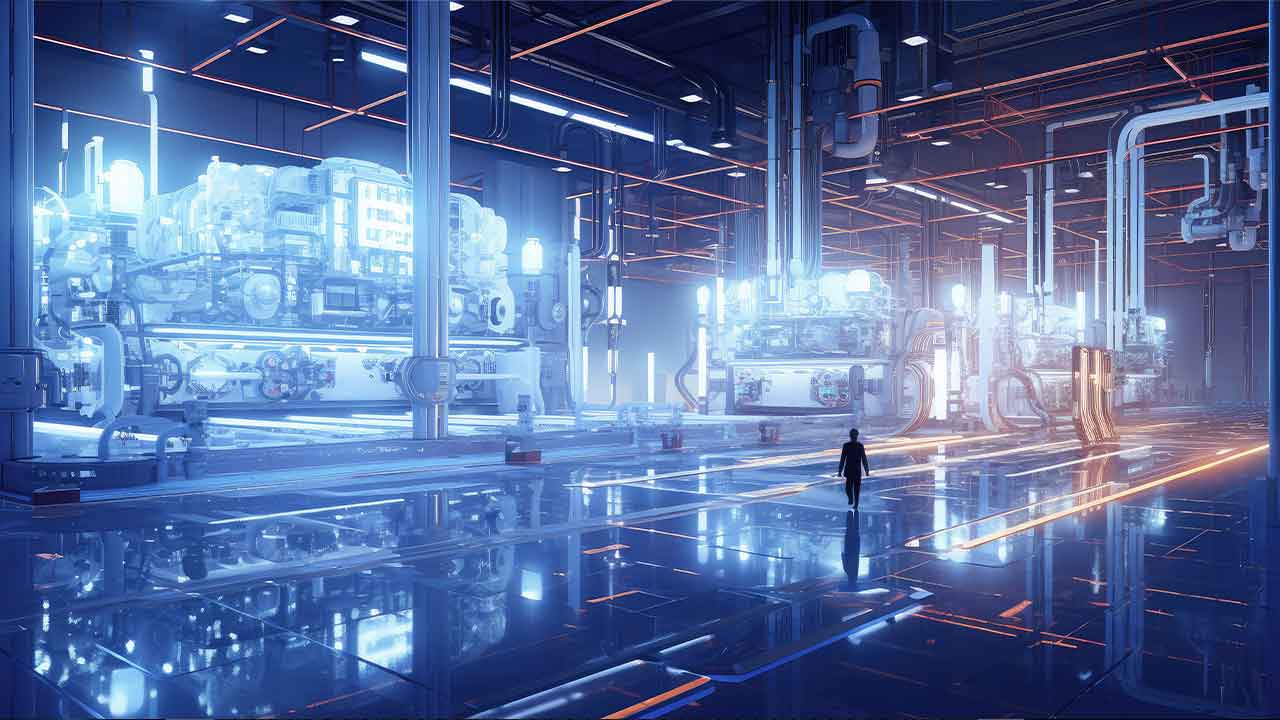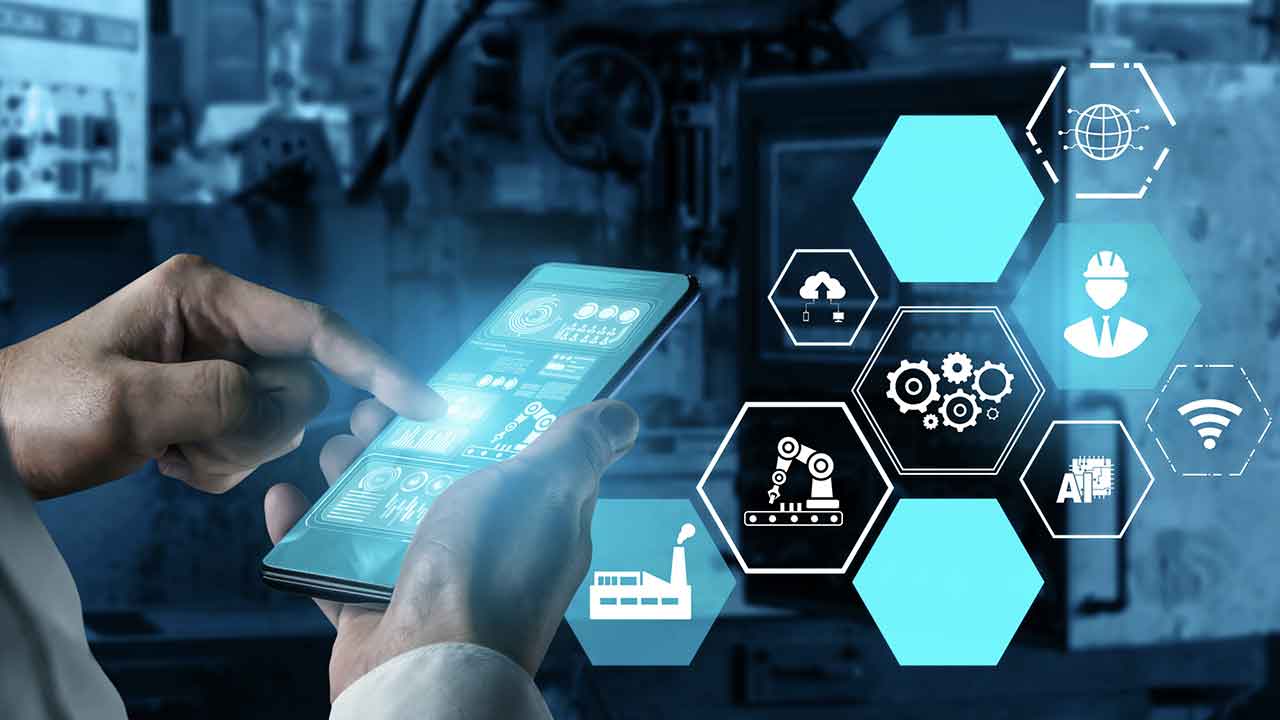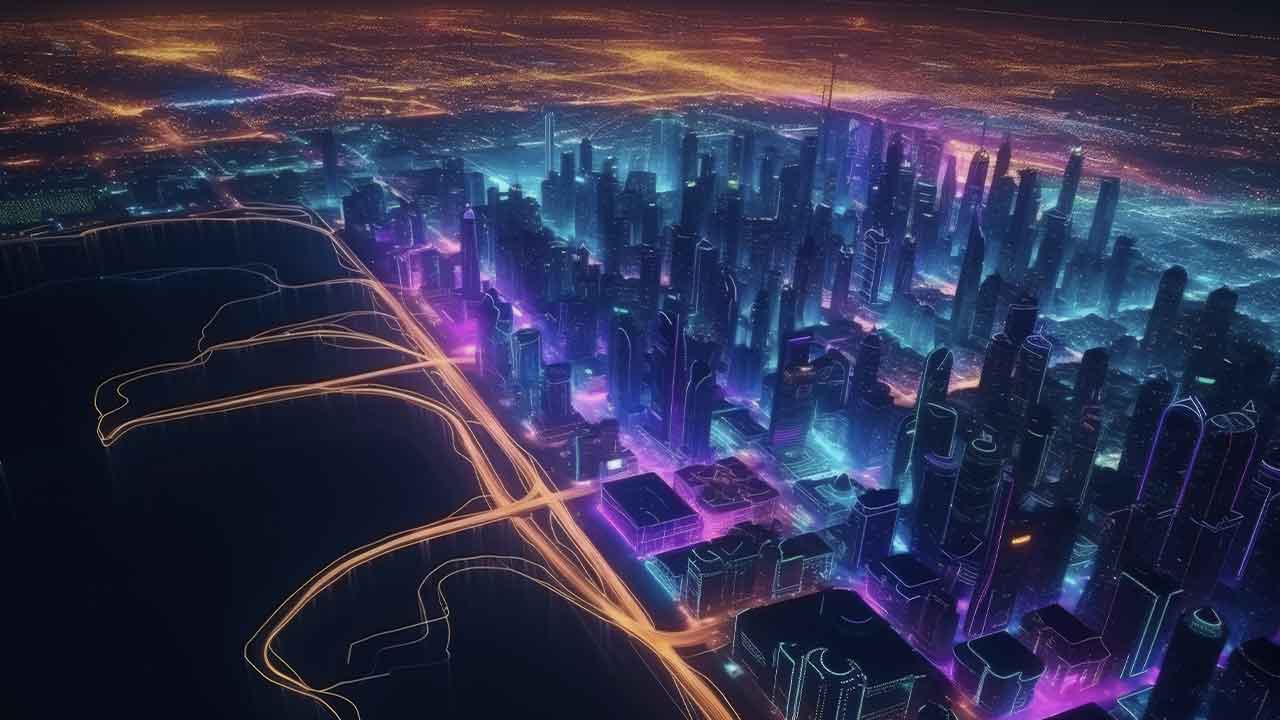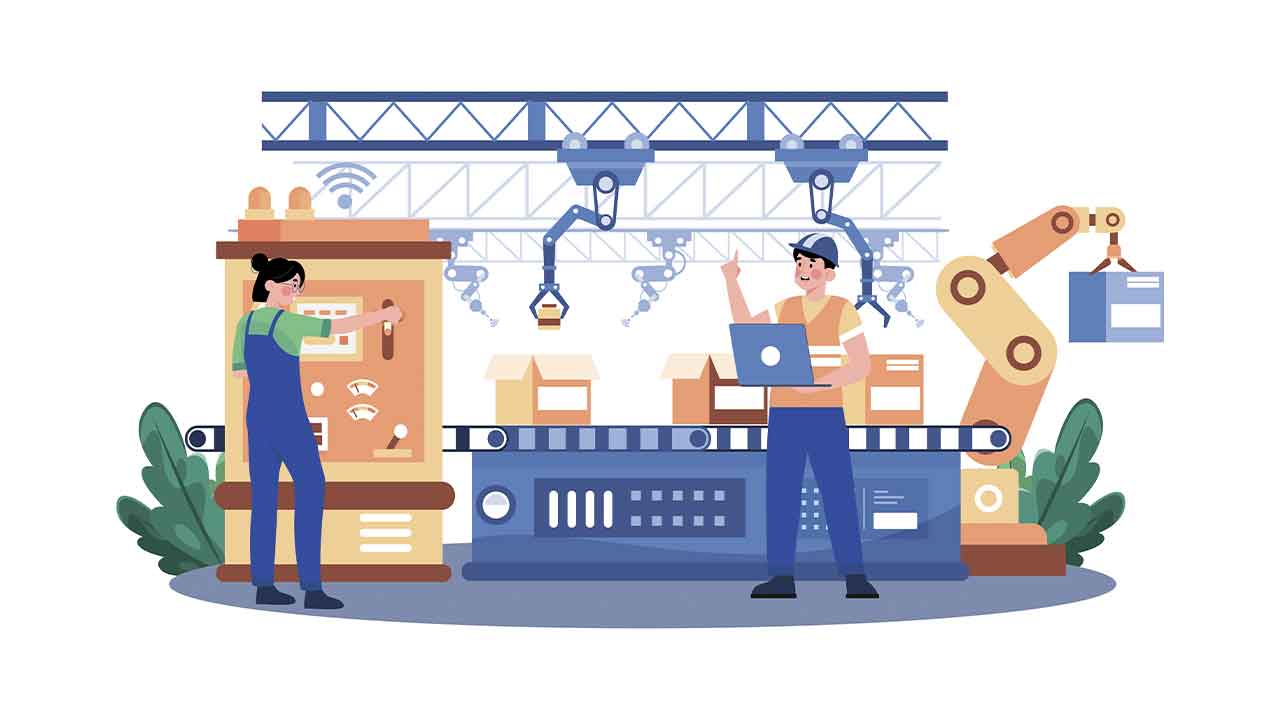Building the Factory of the Future: Bridging Innovation and Practicality
The concept of the “Factory of the Future” is no longer a distant vision; it is an achievable reality driven by the integration of advanced technologies, collaborative ecosystems, and forward-thinking strategies. Manufacturers seeking to transform their operations must balance innovation with practicality to build facilities that are agile, efficient, and resilient. This article explores key principles and actionable strategies for creating the factory of the future, as drawn from contemporary industry discussions.
Embracing a Holistic Approach
The factory of the future is not just about deploying the latest technology; it’s about creating an ecosystem where people, processes, and technology work together seamlessly. This requires:
- People-Centric Design: Operators and engineers remain at the heart of manufacturing. Designing intuitive interfaces and providing robust training ensures employees can effectively leverage new tools and technologies.
- Integrated Processes: Breaking down silos and fostering collaboration across departments allows for smoother workflows and faster decision-making.
- Technology as an Enabler: Rather than leading with technology for its own sake, the focus should be on selecting tools that address specific operational challenges and deliver measurable value.
Leveraging Advanced Technologies
Building the factory of the future requires the strategic adoption of advanced technologies. Key technologies include:
- AI and Machine Learning: These tools enable predictive maintenance, optimize production schedules, and enhance quality control through advanced pattern recognition.
- IoT and Sensor Integration: Connected devices provide real-time insights into equipment performance, environmental conditions, and product tracking, ensuring better operational visibility.
- Cloud Computing: The cloud enables scalable data storage and analytics, allowing manufacturers to harness vast amounts of operational data without significant on-premise infrastructure investments.
Achieving Scalability and Sustainability
Scalability and sustainability are non-negotiable components of the factory of the future. Manufacturers must:
- Design for Flexibility: Modular equipment and adaptable layouts allow factories to respond to changing product demands and market conditions efficiently.
- Prioritize Energy Efficiency: Investing in renewable energy sources and energy-efficient machinery reduces environmental impact while lowering operational costs.
- Streamline Supply Chains: Advanced analytics and digital twins can help identify inefficiencies, ensuring more resilient and sustainable supply chain operations.
Cultivating a Culture of Innovation
To build a truly future-ready factory, innovation must be embedded into the organizational culture. This involves:
- Cross-Disciplinary Collaboration: Bringing together teams from engineering, IT, and operations to solve challenges ensures a broader perspective and more innovative solutions.
- Empowering Teams: Providing employees with access to tools and data fosters ownership and encourages proactive problem-solving.
- Experimentation and Iteration: Creating pilot projects or innovation hubs within the factory allows teams to test and refine ideas before scaling.
The Importance of Ecosystem Collaboration
No factory operates in isolation. Collaboration with external stakeholders—such as technology providers, academic institutions, and industry consortia—is critical for success. These partnerships can drive:
- Knowledge Sharing: Access to new ideas and best practices accelerates innovation.
- Standardization: Collaborative efforts to develop and adopt industry-wide standards streamline technology integration and enhance interoperability.
- Shared Investments: Pooling resources for large-scale initiatives, such as advanced research or training programs, reduces individual costs and amplifies impact.
Overcoming Barriers to Transformation
While the opportunities are vast, building the factory of the future comes with challenges. Key barriers include:
- Legacy System Integration: Transitioning from outdated systems to modern infrastructures requires careful planning and phased implementation.
- Cybersecurity Risks: As connectivity increases, so does exposure to potential cyber threats. Robust security measures are essential to protect sensitive data.
- Initial Costs: Upfront investments can be significant, building a clear business case for ROI to secure stakeholder buy-in is important.
The factory of the future is more than a technological aspiration; it is a strategic imperative for manufacturers looking to thrive in an increasingly competitive and dynamic market. By focusing on holistic integration, leveraging advanced technologies, and fostering collaboration, manufacturers can build facilities that meet today’s demands and are prepared for tomorrow’s challenges.
Watch the “Accelerate time to value: Get More from Your Software Investment” session on demand for more insights.



